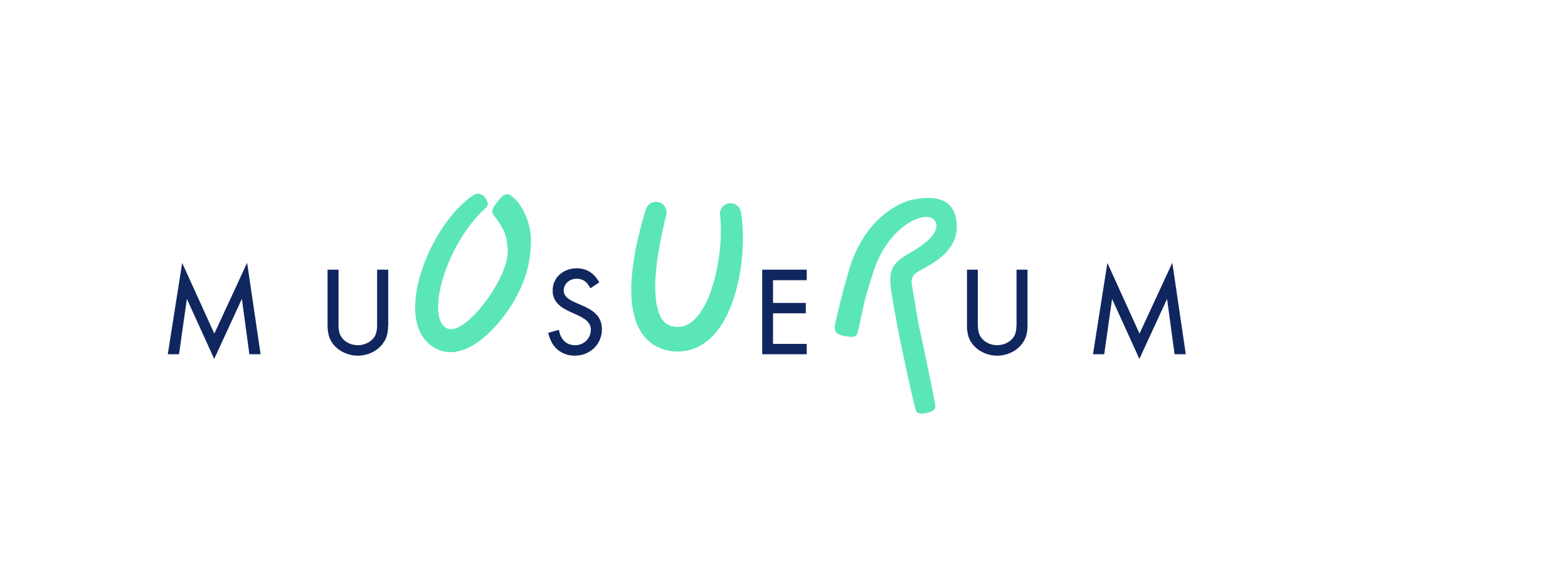Old art and contemporary users
Old art and contemporary users: new ways of communicating the Skovgaard family's art and age
Project partners
PhD Fellow, cand.mag. Mia Yates; Associate Professor, PhD Ane Hejlskov Larsen, Aarhus University; and Skovgaard Museet
Project period
1 August 2016 – 1 August 2019
The older objects are in a museum, the more challenging it can be to understand them. The overall aim of this project is to strengthen the experience and understanding of historical art for a variety of user groups. The aim is achieved by answering the following key questions: what contextual elements facilitate contemporary users’ understanding of the museum's collection? And how can new communication strategies open the museum to new user groups?
The project takes its starting point in an evaluation of the Skovgaard Museum's existing communication experiments and in a qualitative anthropological study of the museum’s users and non-users which seeks to understand individual experiences of the existing exhibition communication. Based on these results, the project develops prototype communication designs that are tested at one-off events at the museum.
The project is premised on the assumption that the Skovgaard Museum's collection based on a family of artists constitutes an anchor point for user identification that can bridge the time gap between then and now. So, the Skovgaard family’s personal stories are used in the communication experiments which draw on narrative theory. Narratives are able to create meaningful connections between fantasy and reality, and this connection makes narratives effective tools in activating history in relation to people’s personal lives. Sensory theory is also drawn upon in order to clarify how, and with which purpose, different senses can be activated and potentially support varied encounters with the collection.
This project contributes with new ideas on how art history museums can enhance more diversified social and cultural access to their collections by using narratives and sensory elements. In this way, the project strengthens the inclusion of different citizen groups and helps further a democratization of art museums in Denmark.
